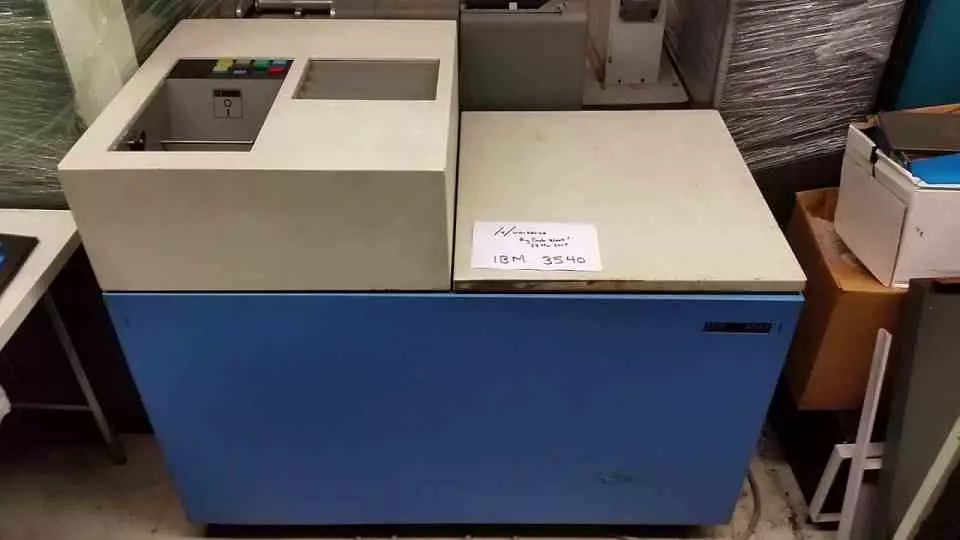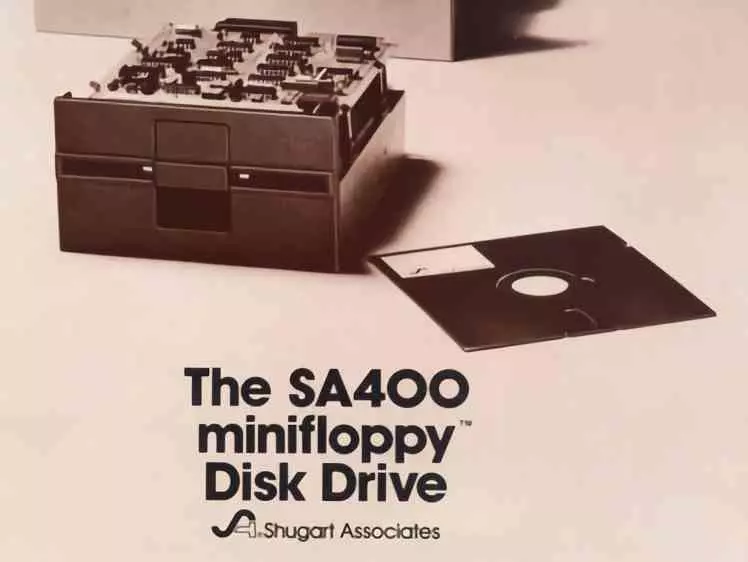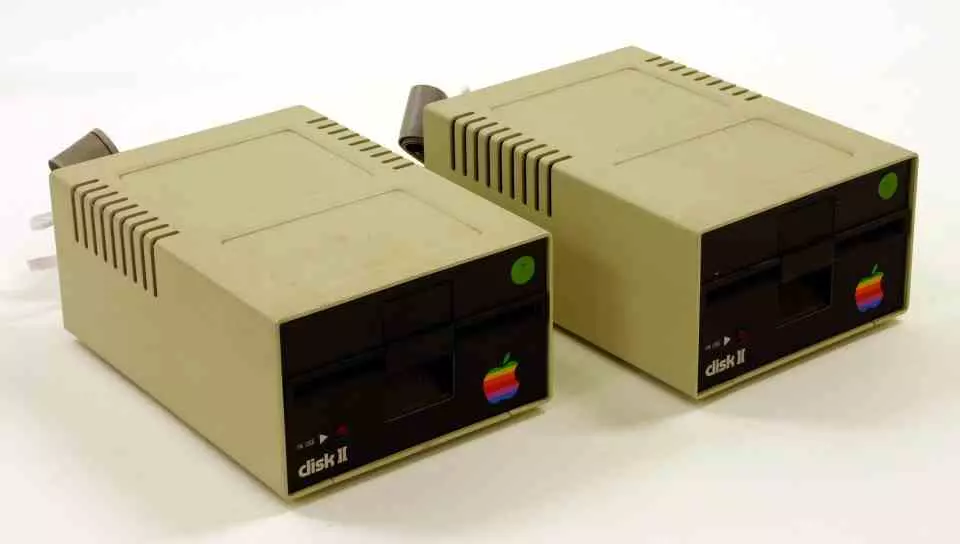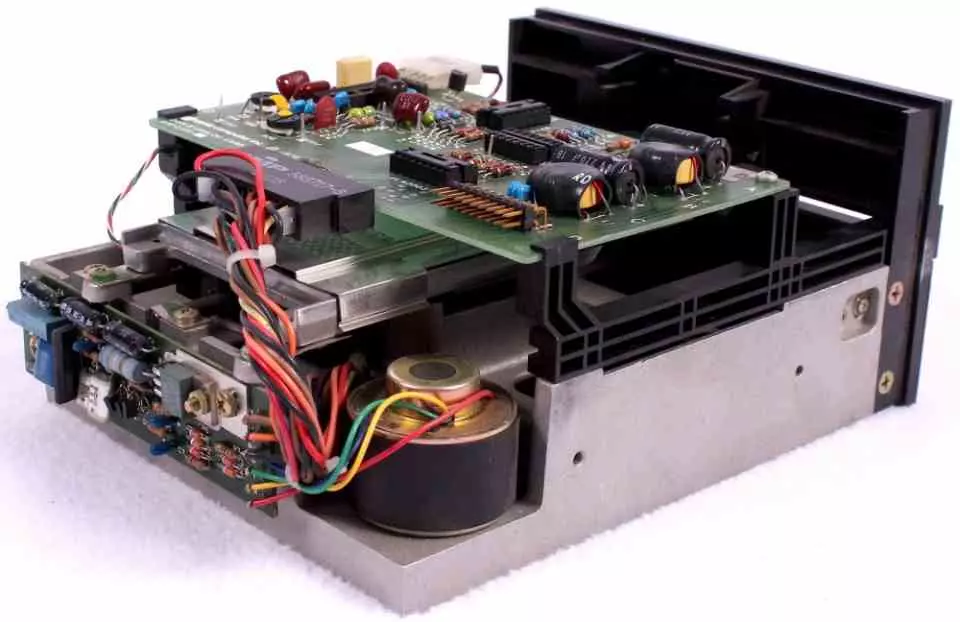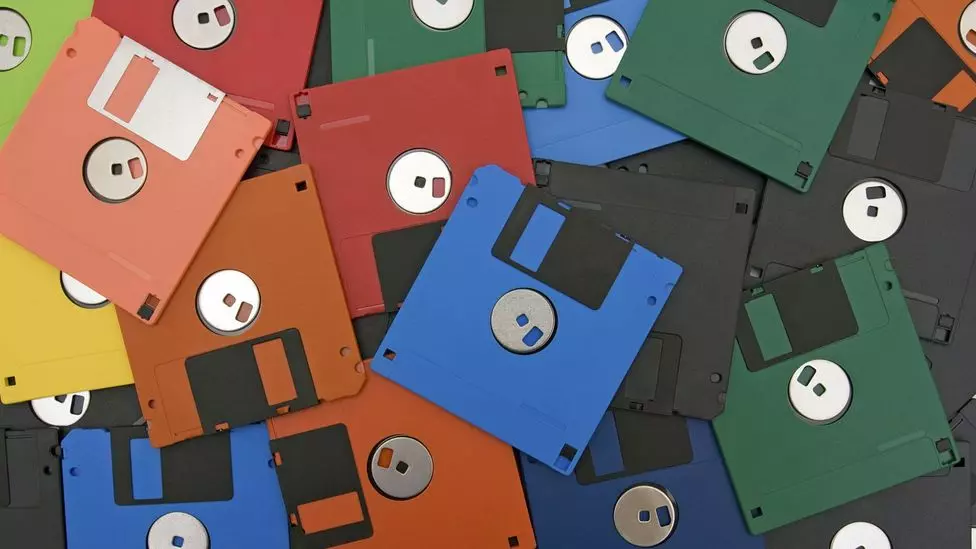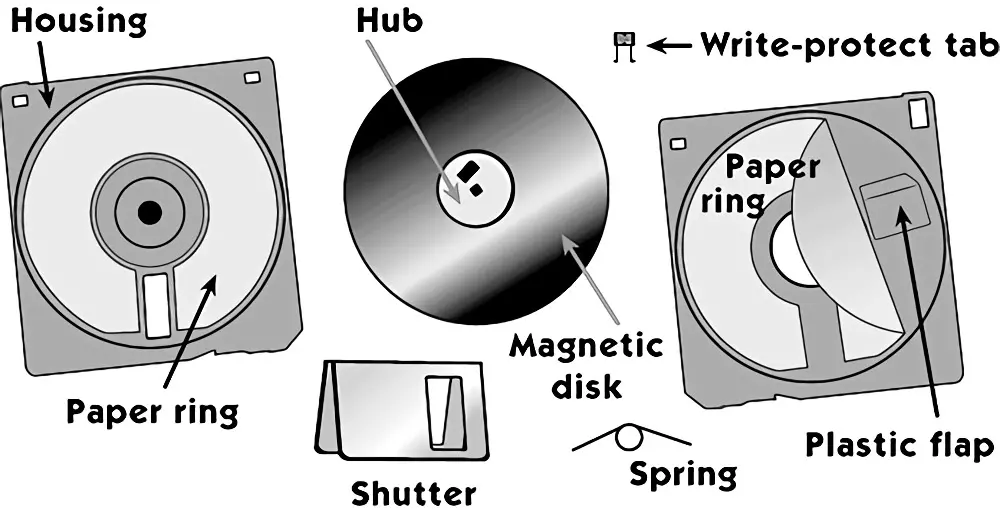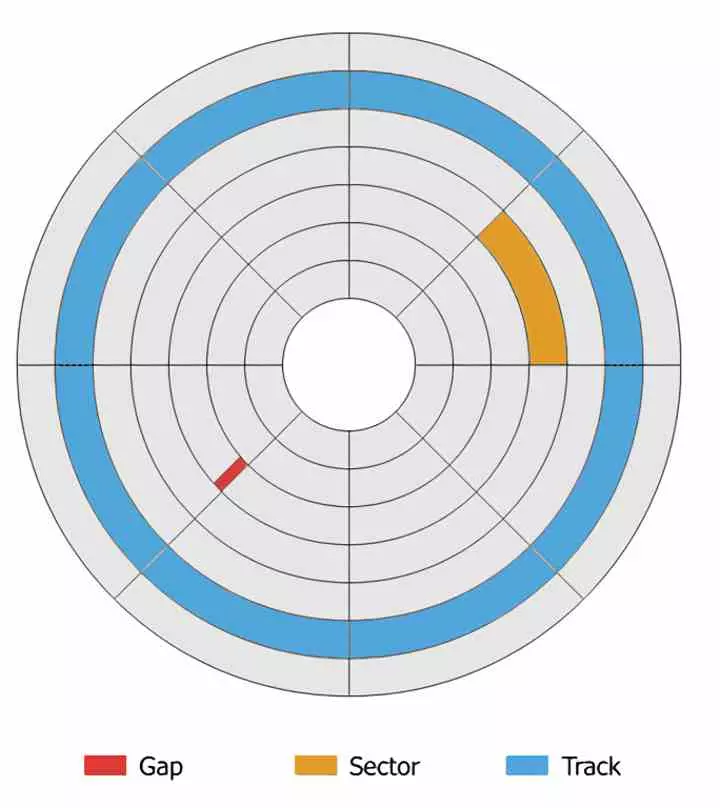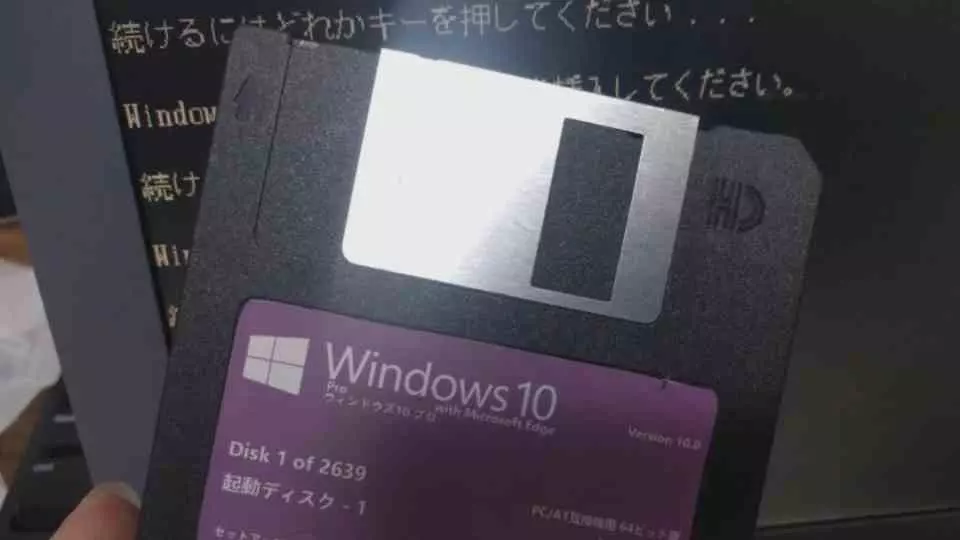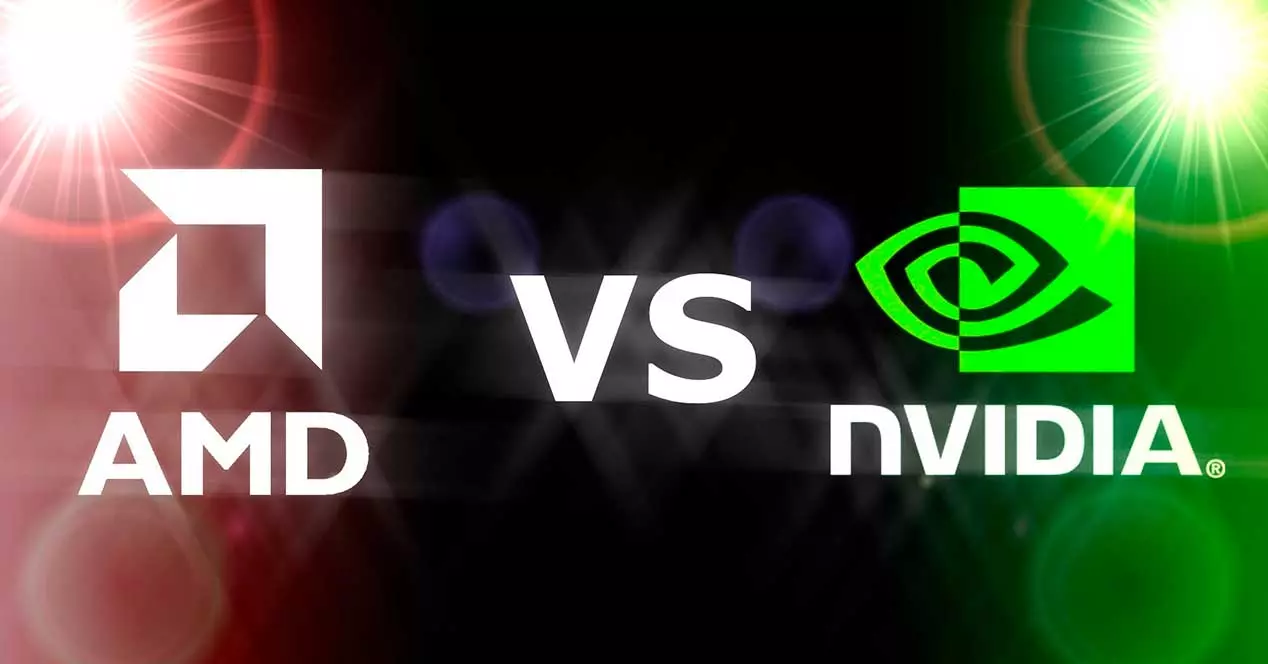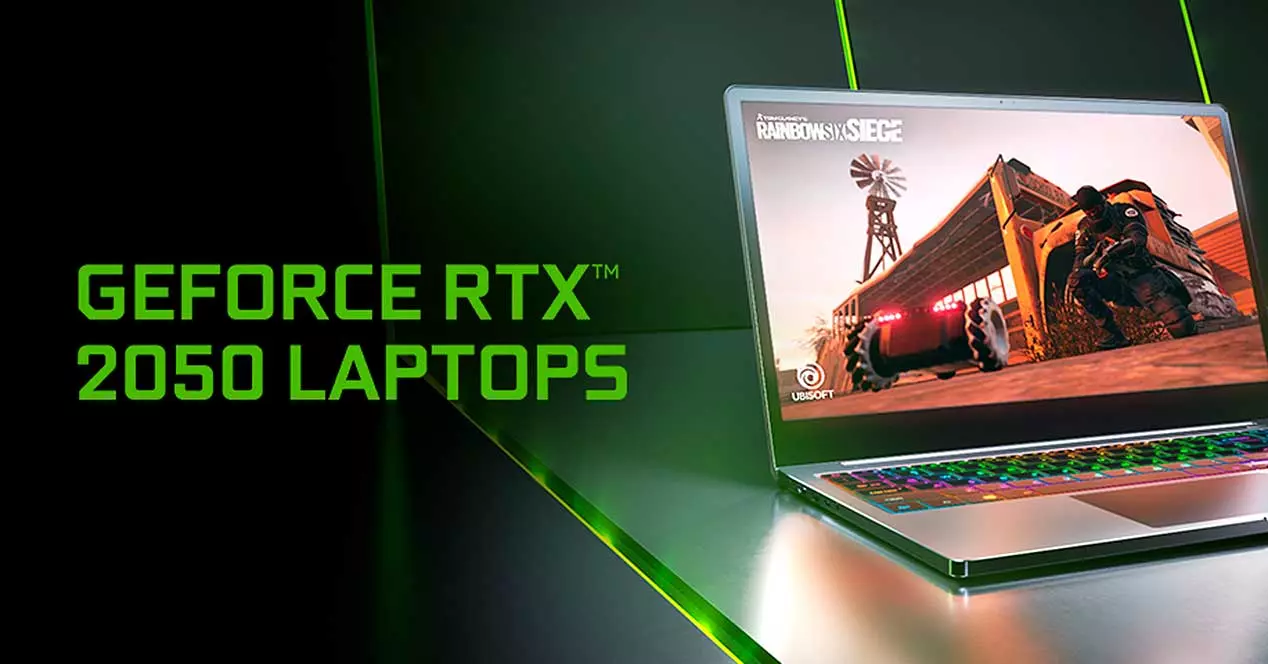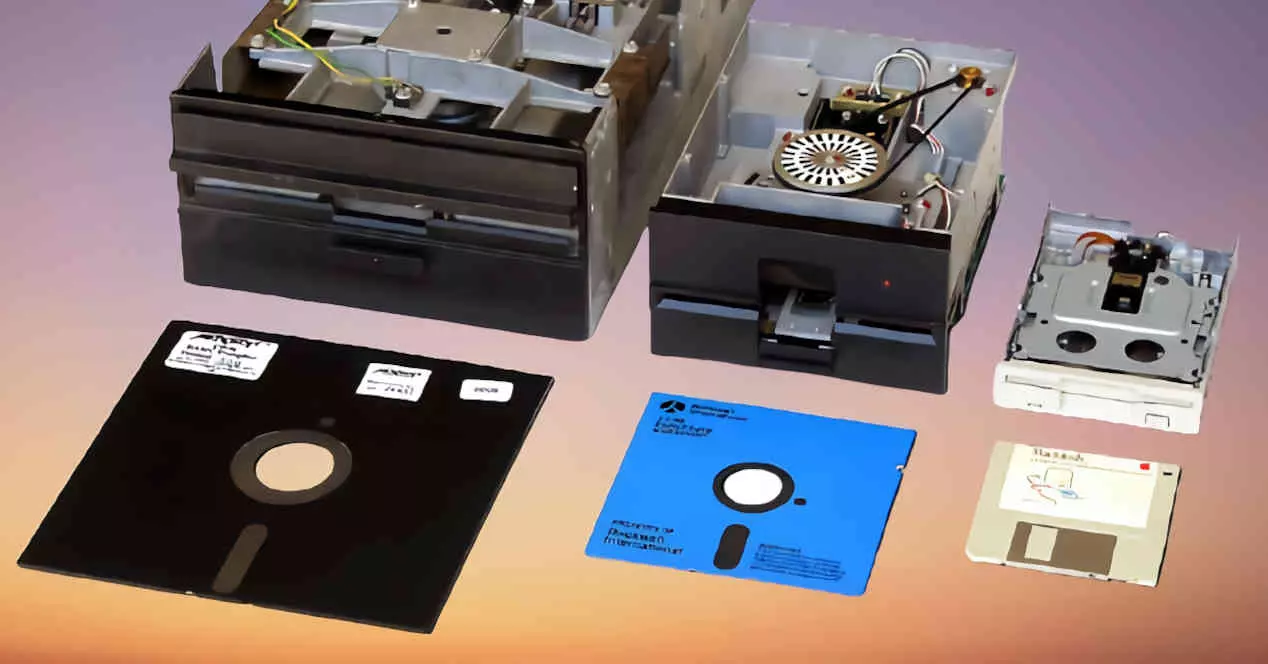
This entailed a very big problem, the first 8-bit CPUs such as the MOS 6502, the Motorola 6800, the Zilog Z80 or the Intel 8080 could address 16 bits of memory and therefore 64 kB, this is very little today. At that time, RAM was very expensive, but it was the only way to run programs as it was not possible to perform random access with a tape drive.
Therefore, a format that would allow random access to the data without having to load all the contents of the floppy disks to the computer’s RAM memory quickly became necessary and therefore only the necessary elements were loaded into memory. The answer came with floppy disks, but their origin dates back long before the birth of the first home computers.
The origin of the floppy
The origin of the floppy disk is in the IBM System / 370, a family of IBM mainframes that were launched in 1970 and where one of the challenges that they wanted to solve was the introduction of programs in a format that was fast as well as cheap . The engineer in charge of carrying out this task was Alan Shugart who in 1967 began working on what would end up being the first floppy disk drive and the first floppy disk, which was 8 inches.
In 1972 and outside of IBM, Shugart created the Memorex 650, with a much smaller size than that used in the System / 370 and with the ability to be connected to any type of computer, the floppy disks in this unit could store up to 175 kB of data. However, it was not the first floppy drive for a personal computer either.
In 1976 with the emergence of the Altair 8800 and the creation of the S-100 standard that allowed electronics enthusiasts to create personal computers at Shugart Associates, without its founder, they decided to create an 8-inch unit, but they were convinced to that an 8-inch unit was too big and therefore they ended up inventing a reduced version of 5.25 inches with a capacity of 110 KB and a price tag of 390 dollars.
The unit was called the SA-400 and its popularity among users of the S-100 systems was such that they had to ask the Japanese manufacturer Matsushita to build them. They were adopted not only by the fledgling world of the personal computer, but also by mainframes and minicomputers, which is why a standard had been born in the world of computing.
The floppy disk reaches homes
The first mass computer to have a successful commercial floppy drive was the Apple II. Although I do not carry this storage unit as standard, its users had to buy the unit separately, since in its original concept the computer made use of tape drives, but it soon became clear that they were a limiting factor.
Apple was not the only one to develop its own floppy drive for its computer, Commodore did the same with its PET, but its floppy drives were complex, expensive and had a mechanism that made them extremely slow. In any case, building such a unit without knowledge was not easy, since only the hardware of the controller could be as complex as that of a computer and in some cases, if you were not careful, it could be just as expensive.
In the case of the Apple II Disk, the design of the controller card was carried out by Steve Wozniak, who had already designed the computer hardware and had specialized in creating designs with fewer circuits, thanks to this instead of copying Shugart’s design had their own and with a file system that allowed them to store 113 kB per 5.25 floppy, while the SA-400 stored 90 kB.
The Apple Disk II completely transformed Apple, allowing software that would otherwise have been impossible. They were not the only ones to have a floppy drive, since as we have seen the S-100 systems used them, but in Cupertino they were a company organized with the aim of displacing IBM. Big Blue’s answer? The first home PC, the 5150 that came with a 5.25-inch floppy drive like the SA-400 and the Apple Disk II.
The three and a half inch floppy disk
The most popular floppy disk format however was the 3.5-inch one. Which was invented by SONY in 1980 and became popular over time, being its biggest improvement over its predecessors its size, which allowed carrying a floppy disk in a shirt pocket. Additionally, it reduced the size and complexity of disk drives in computers, allowing for easy integration.
The format could initially store 360 kB of information, a significant leap in capacity to later evolve to 720 kB with the use of the double-density format and duplicate again with 1440 kB of information per floppy disk. The form factor in each generation was maintained, but the floppy drives were not compatible with the new data encoding formats, so to use a larger capacity floppy it was necessary to change the drive.
It was the last great standard, although years later other attempts to replace it appeared, but the CD-ROM ended up replacing its use. More when it got to the point where it was needed due to the huge amount of floppy disks that were needed.
This is what a floppy disk looks like inside
Floppy disks have been of various sizes, but the most popular is undoubtedly the 3.5-inch, which became the common storage format not only for the PC, but also for the Apple Macintosh, the Commodore Amiga, the Atari ST, the Japanese MSX standard and many others. That is why we have taken it as a reference.
The first important piece is the head, when inserting the floppy disk in the drive it moves to the side, which gives access to the read and write head so that it can access or modify the data.
The second piece is the floppy disk, which stores information on tracks in the same way as on a hard disk, each track is a concentric circle on the disk. Regarding the size of each sector, it is not the same on all tracks and neither is the access speed. Therefore, if it is necessary to access a different track than the one found by the read and write head of the floppy drive, then there will be a delay in the access time to the data due to the time the head is placed.
In the middle of the magnetic disk we have the support to which the rotation motor that will rotate the floppy disk will be anchored, which is key so that the head can access all the content on the floppy disk without problems.
Finally, we have the plastic casing and a paper disk, the first one protects the data against electromagnetic interactions and the effects of sunlight. The second is responsible for preventing the magnetic disk from touching the housing while it is spinning, which could damage it.
The components of a floppy drive
A floppy drive or floppy drive regardless of size is made up of the following components:
- Controller: It is a PCB that includes all the circuitry that is responsible for receiving requests from the CPU, controlling the mechanical elements of the unit and converting the data obtained from it to a signal that the system processor can understand.
- Central motor: is responsible for rotating the magnetic disk in the central part of the floppy disk. The speed in revolutions per minute depends on the design of each unit, although it is usually between 300 and 360 revolutions per minute.
- Writing and writing heads: It is the head in charge of reading the data in the sector for its subsequent coding and digitization by the controller.
- Stepper motor: the second motor of the floppy disk is the one that allows the head to advance through the different sectors of the flexible disk, in such a way that it is placed on the appropriate track as quickly as possible.
- Mechanical housing: this is the box where all the previously described elements are placed in an orderly manner, not only protects against system vibrations, but also provides mechanisms for inserting and ejecting floppy disks.
Is the floppy still in use?
Well yes, oddly enough, floppy disks are still being used, but not in terms of home users or in business, but rather at the state level where several countries even came to create their own proprietary variations to store the data. And it is that the information stored digitally from decades ago continues to be stored in these formats, especially in countries where certain crimes do not have an expiration date and the information stored on floppy disks is important evidence.
Although little by little the different administrations around the world are dumping said data to storage formats of more capacity, durable and reliable, the work that exists is titanic, since it is not only about dumping the data, but also about maintaining the content intact. Although given that it is a format with problems when it comes to maintaining its information in the long term, the transition started a long time ago, but it is so complex that some countries like Japan have finished it at the end of 2021 and some they are still in process.
